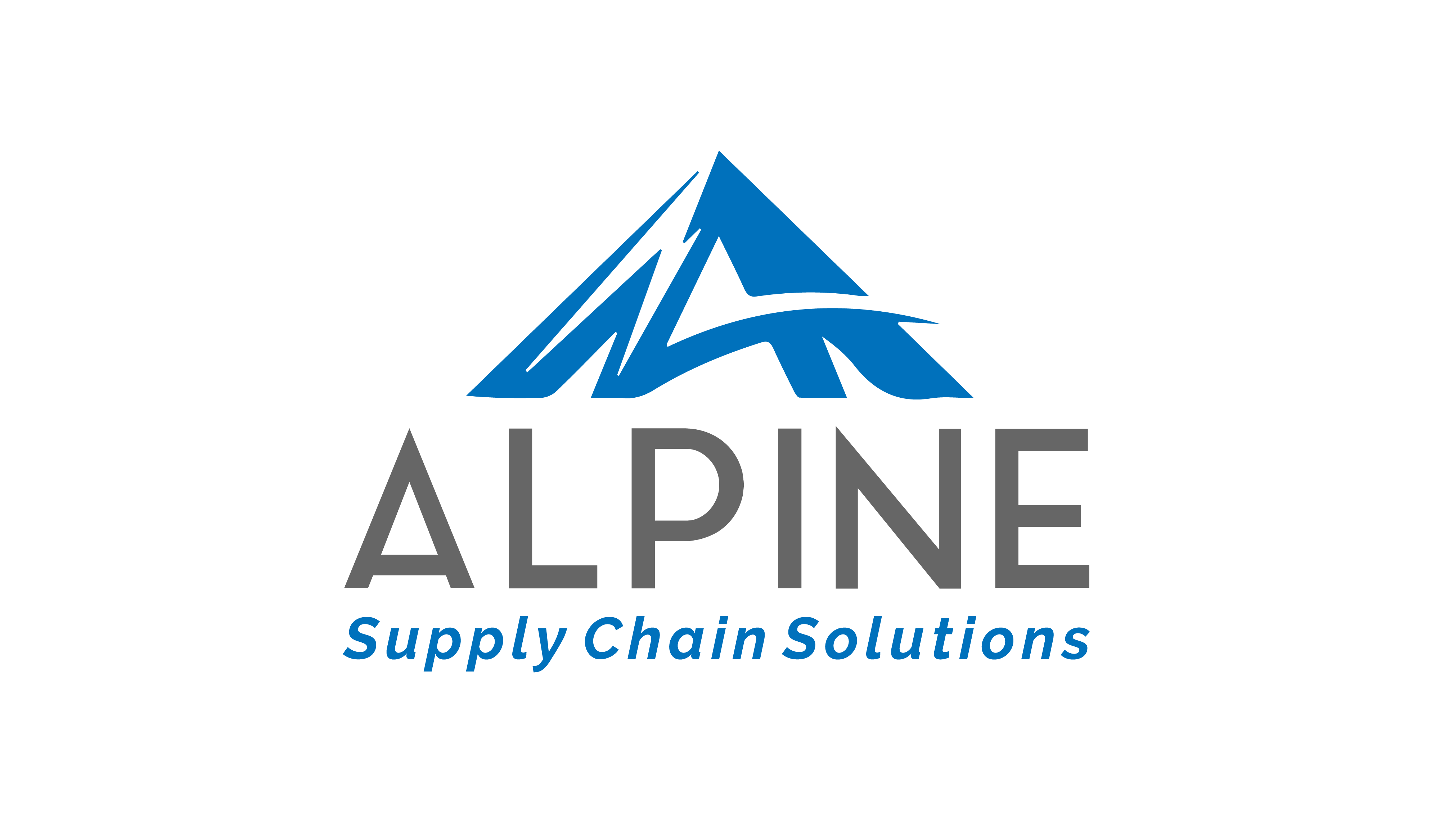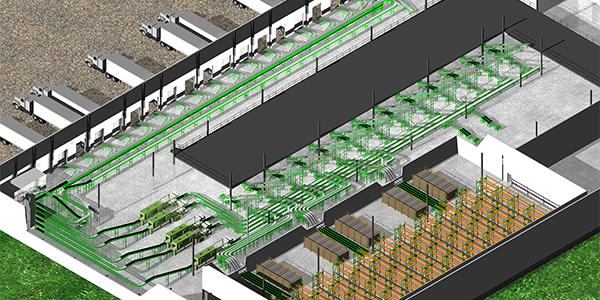
“Software that eases labor pains”
Alpine was featured in an article from Ben Ames of DC Velocity on the benefits of Labor Management Software and the evolution of LMS solutions to meet the demands of the shifting labor landscape.
On shifting labor landscape:
“The recent shift marks the latest stage in labor management systems’ ongoing evolution to meet changing business challenges, says Michael Wohlwend, managing principal with Alpine Supply Chain Solutions, a Chicago-based consulting firm.
In the early ’90s, many companies used their LMS platforms to track workers’ performance against ‘engineered labor standards’ in an effort to gain leverage against unions that were pushing for less-stringent metrics, he says. Then in the late ’90s, managers started using LMS software more strategically, implementing “pay for performance” programs that offered workers incentives to meet specific performance goals.
Today, warehouses are using their LMS systems—often in conjunction with their warehouse management systems (WMS)—to respond to a new challenge: meeting strict order-shipping deadlines. Many e-retailers now promise same-day shipping for all orders placed by, say, 5 p.m. However, fulfilling those promises often results in a last-minute scramble to get orders out the door, forcing managers to shift worker assignments on the fly. During these crunches, performance data from an LMS can help managers quickly identify the workers best suited to the tasks at hand,” said Michael Wohlwend, Managing Principal of Alpine Supply Chain Solutions.
Read the full article here!





